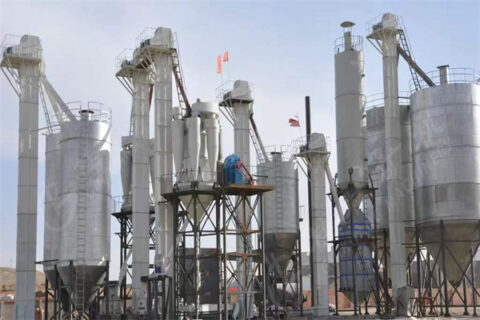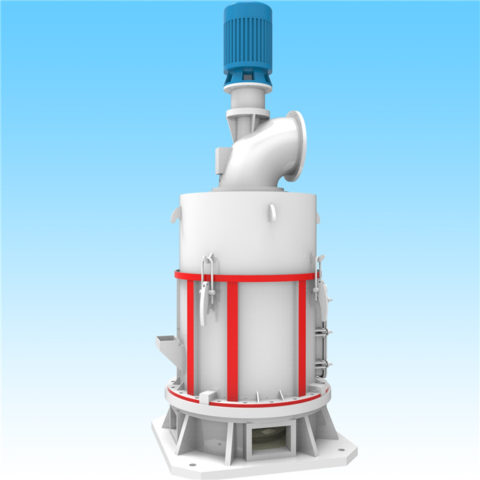Serpentine is a general term for hydrous magnesium-rich silicate minerals, such as antigorite, lizardite, and chrysotile. Their color is generally green, but also light gray, white or yellow.
The structure of serpentine often has curls, like fibers. Such serpentine is often used as asbestos.
Both massive and fibrous serpentine are lustrous, massive like wax and fibrous like silk. People use serpentine as a building material, and some can be used as refractory materials, and those with good colors can also be made into decorations or handicrafts.
In addition, serpentine can also be used to make fertilizers.
Main uses of serpentine
Serpentine minerals have broad application prospects because of their heat resistance, corrosion resistance, wear resistance, heat insulation, sound insulation, and good process characteristics. At present, they are mainly used in the manufacture of fertilizers, refractory materials, pharmaceutical industry, and carving materials.
Uses of Serpentine
Due to its heat resistance, corrosion resistance, wear resistance, heat insulation, sound insulation, good process characteristics and associated beneficial components, serpentine minerals have broad application prospects and are mainly used in the following aspects:
1. Manufacture of fertilizers. Serpentine is calcined together with apatite or phosphorite to make calcium magnesium phosphate fertilizer. If serpentine fine powder is applied alone, it also has a certain fertilizer effect. Especially for corn, potatoes, beans and root and tuber crops, the effect is better.
2. As a refractory material. For example, Tangshan Iron and Steel Plant uses serpentine to make serpentine coke oven bricks, and steel factories such as Chongqing and Taiyuan use serpentine to make forsterite bricks. As an alkaline refractory material, the effect is very good.
3. The serpentine used in the pharmaceutical industry can be used as a raw material for making Epsom salt.
4. Extraction of magnesium Metal magnesium can be extracted if the magnesium content is high. Cobalt and nickel can also be extracted from serpentinite with high cobalt and nickel content.
5. Extraction of fibrous amorphous silicon The amorphous silicon extracted from serpentine reacts with carbon at high temperature to produce silicon whiskers, crystal powder and crystals.
6. The engraving material Serpentinite, which is bright, transparent, translucent, dense and hard, can be used as raw material for jade handicrafts. There are more than ten kinds of serpentine jade in China, such as Xiuyan jade in Liaoning, which is well-known at home and abroad.
7. Auxiliary raw materials for the production of cast stone or rock wool If MgO is insufficient in cast stone or rock wool ingredients, serpentine can be used as auxiliary raw materials to increase the content of Mg0 and relatively reduce the content of Al2O3 and CaO.
Serpentine beneficiation
Serpentine mines are generally mined from rich ore bodies. The raw ore is crushed and screened, and it can be sold after reaching a certain size requirement.
In order to explore the separation way of serpentine and its associated useful minerals, the flotation characteristics of serpentine were also studied. The results show that both sodium oleate and dodecylamine hydrochloride have good collection properties for serpentine. It is speculated that the Mg particles on the surface of the serpentine are the active sites for the adsorption of oleic acid radicals, and when the cation collector is used for flotation with dodecylamine salt, the amine is adsorbed on the surface of the serpentine in a molecular state. Water glass has a strong inhibitory effect on serpentine flotation.












